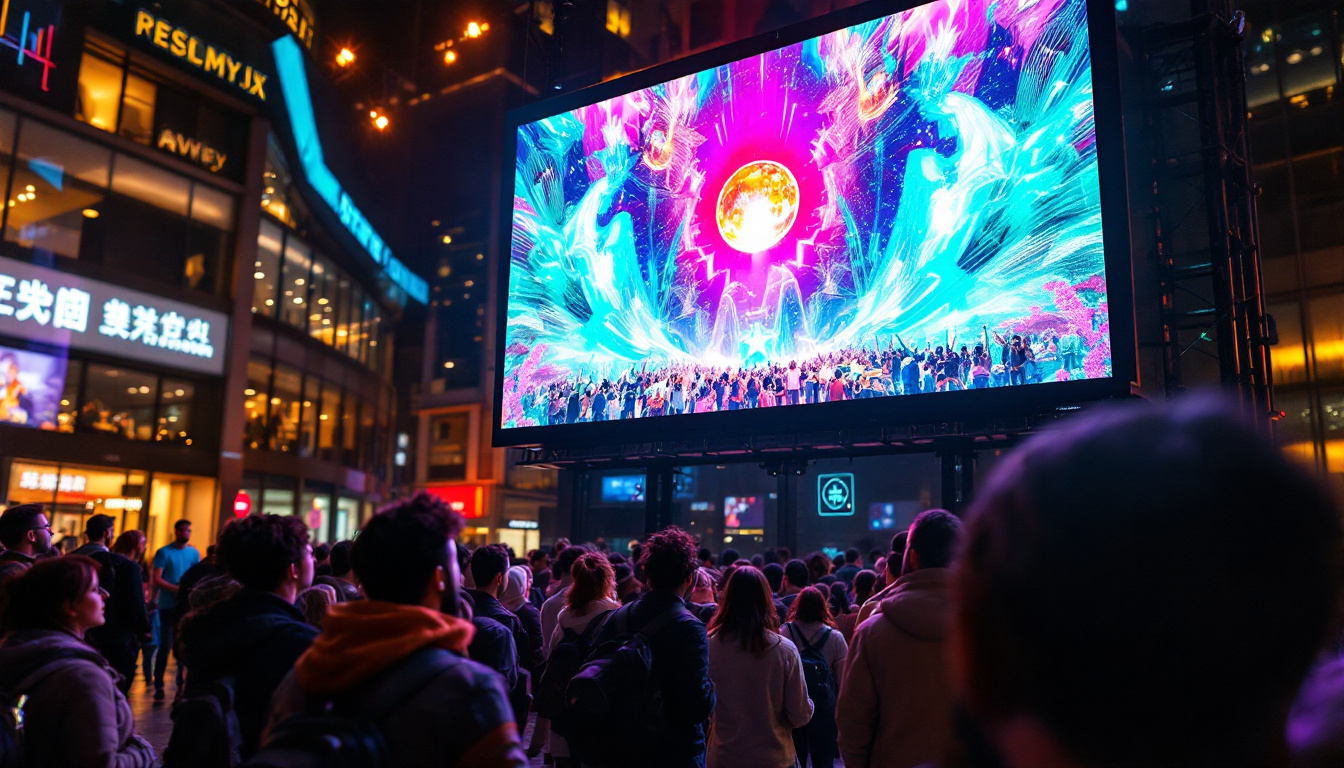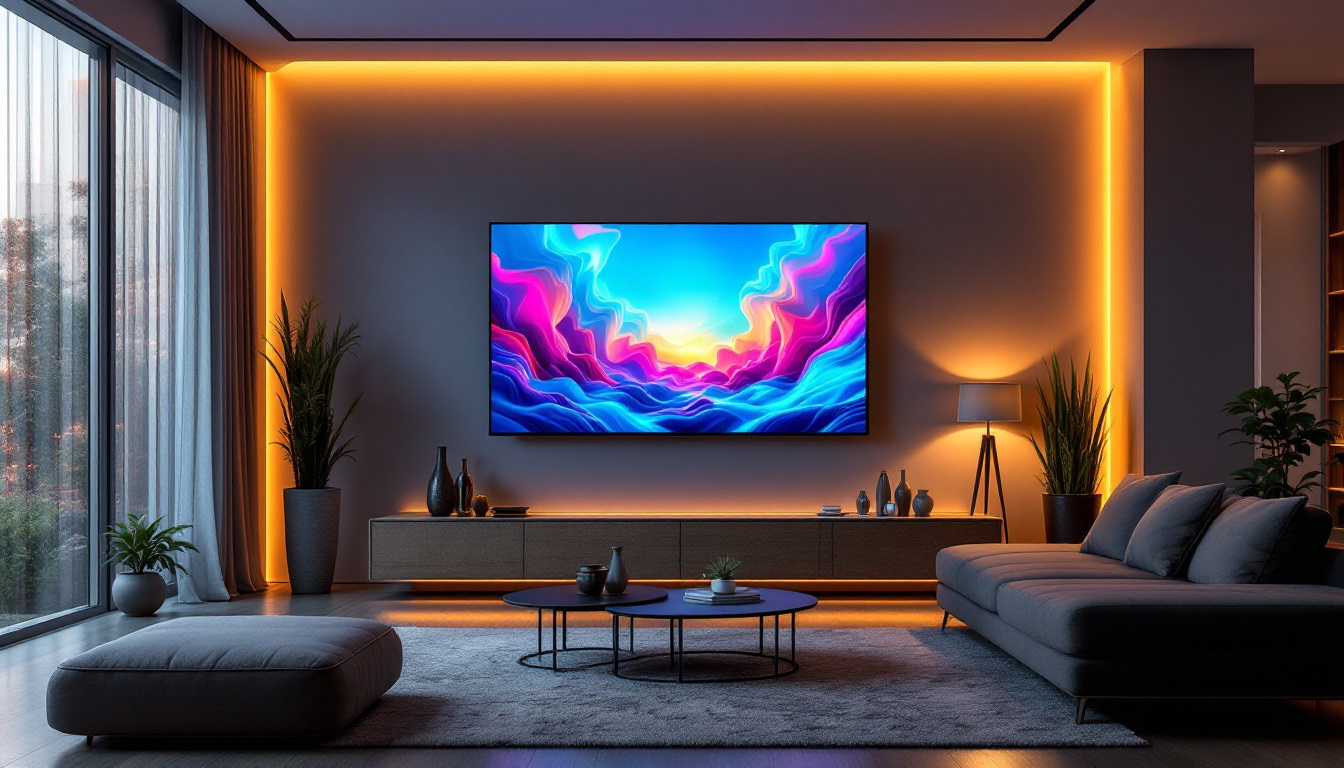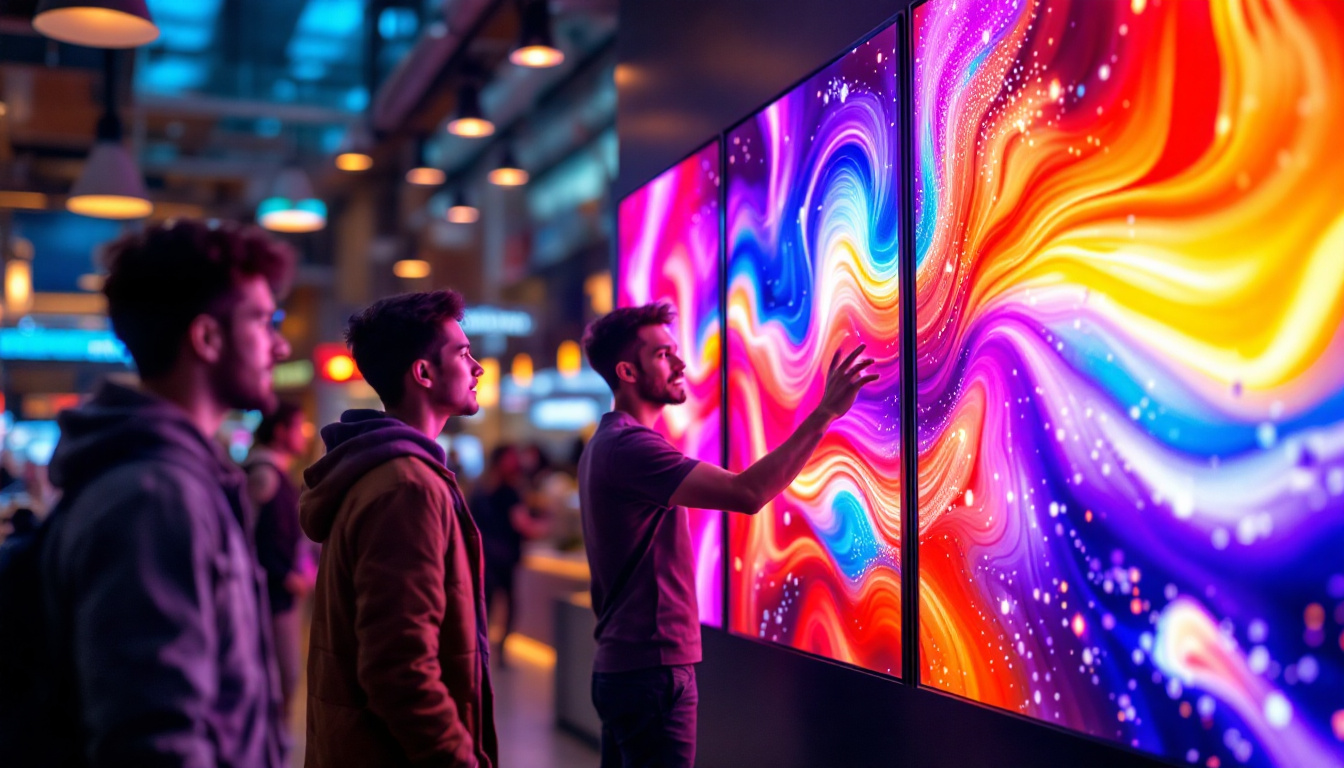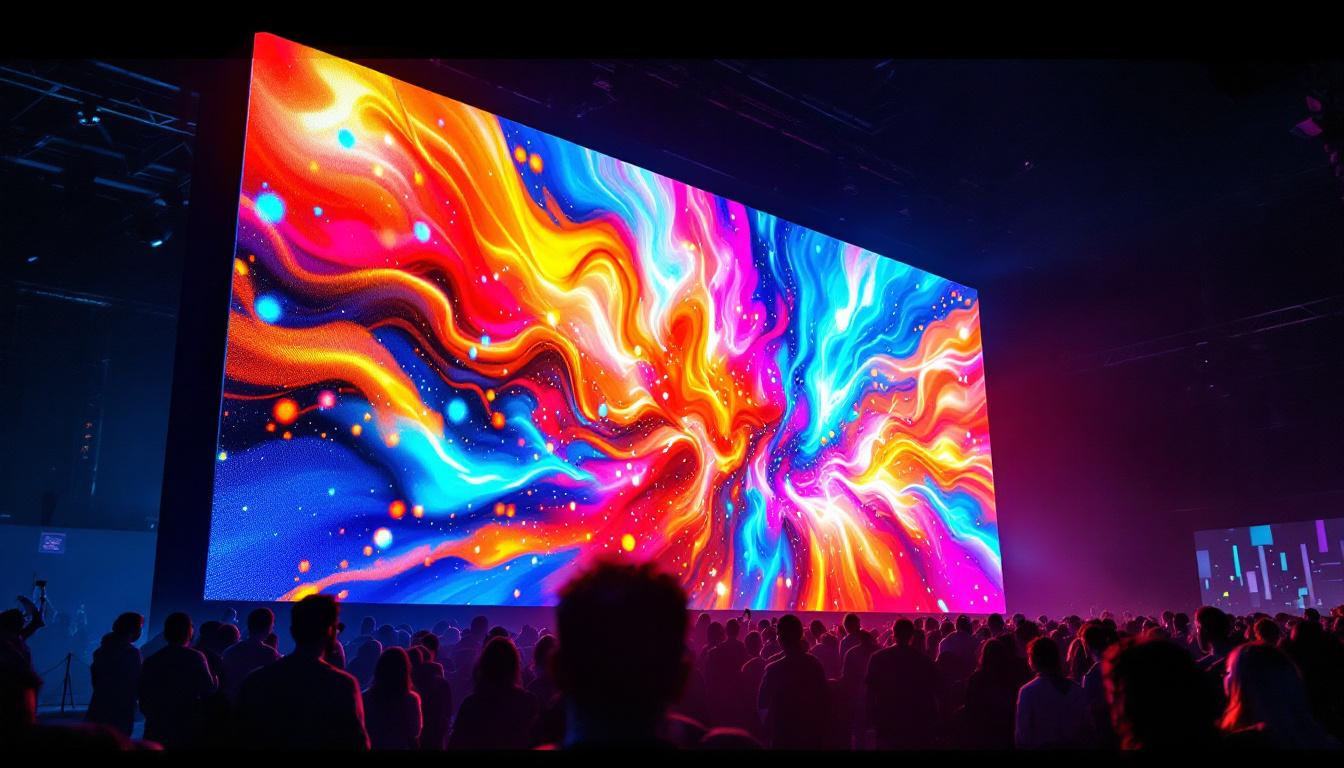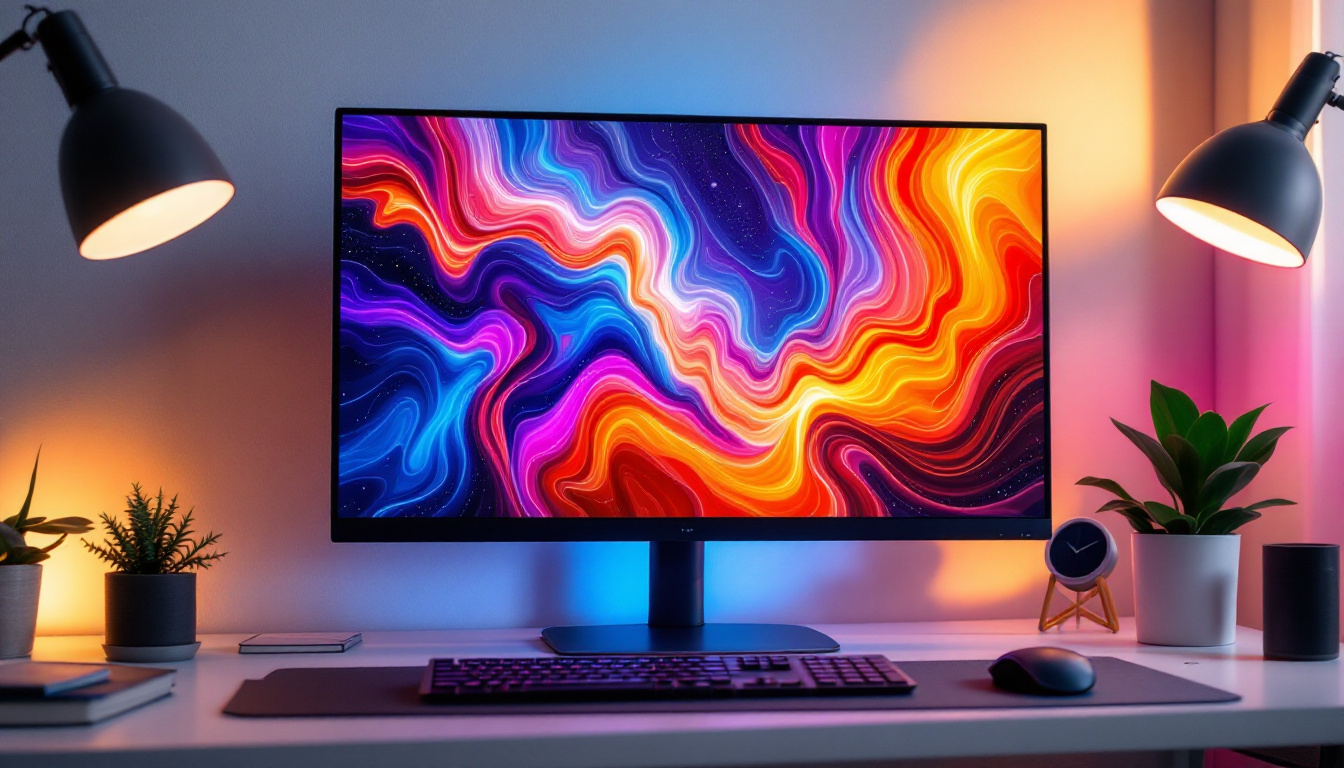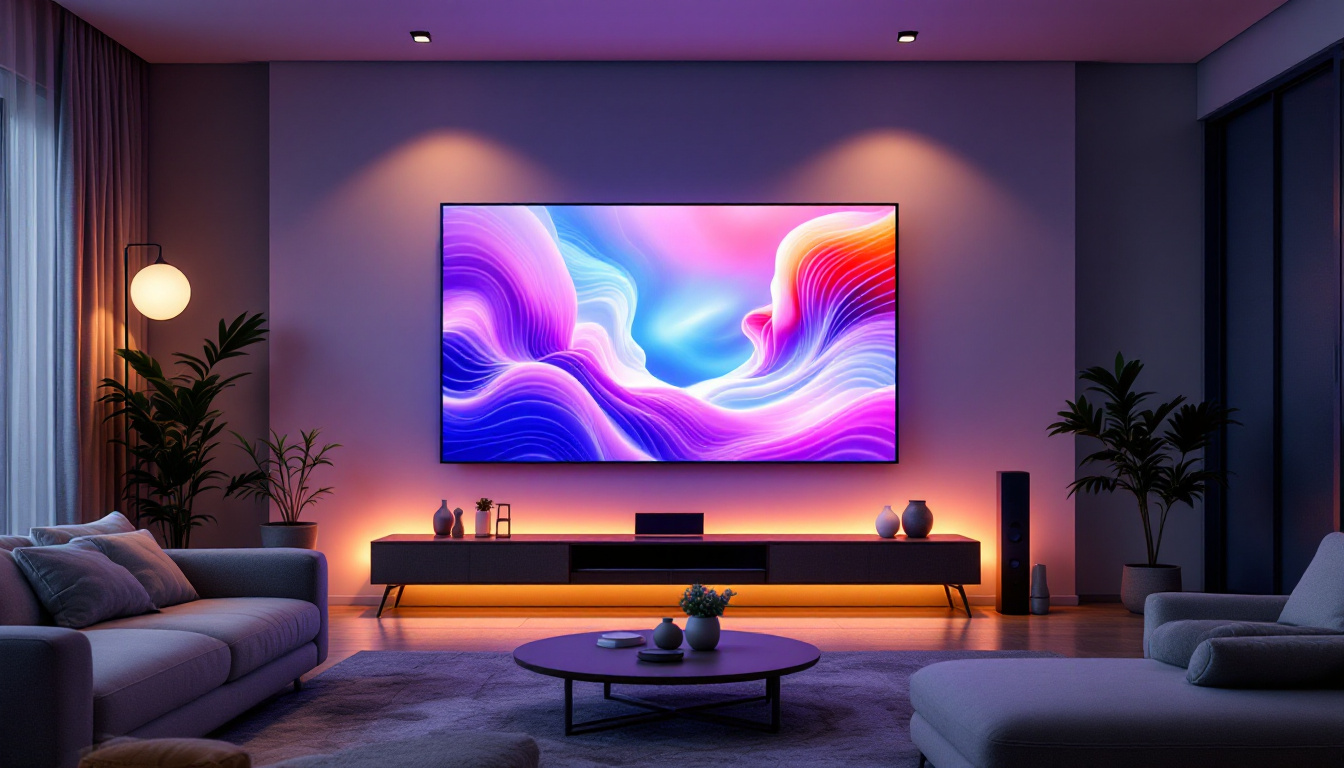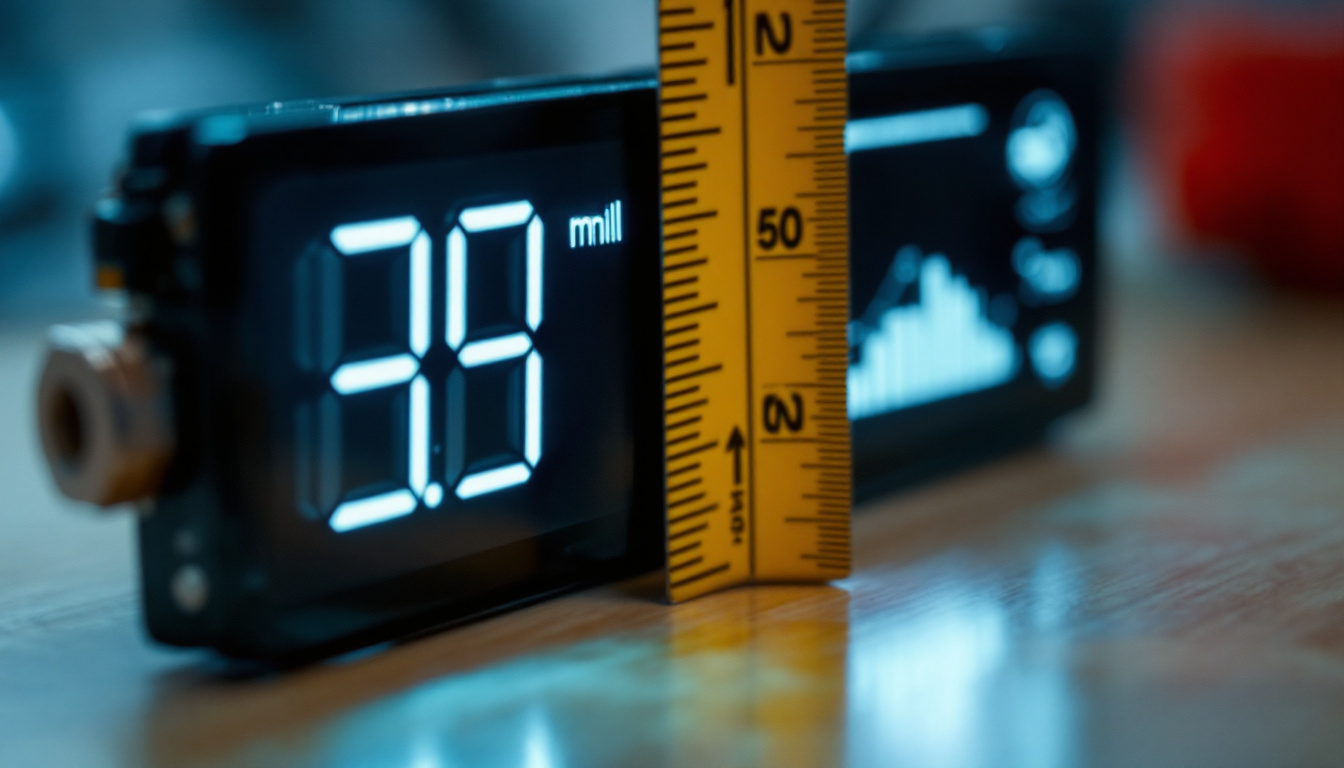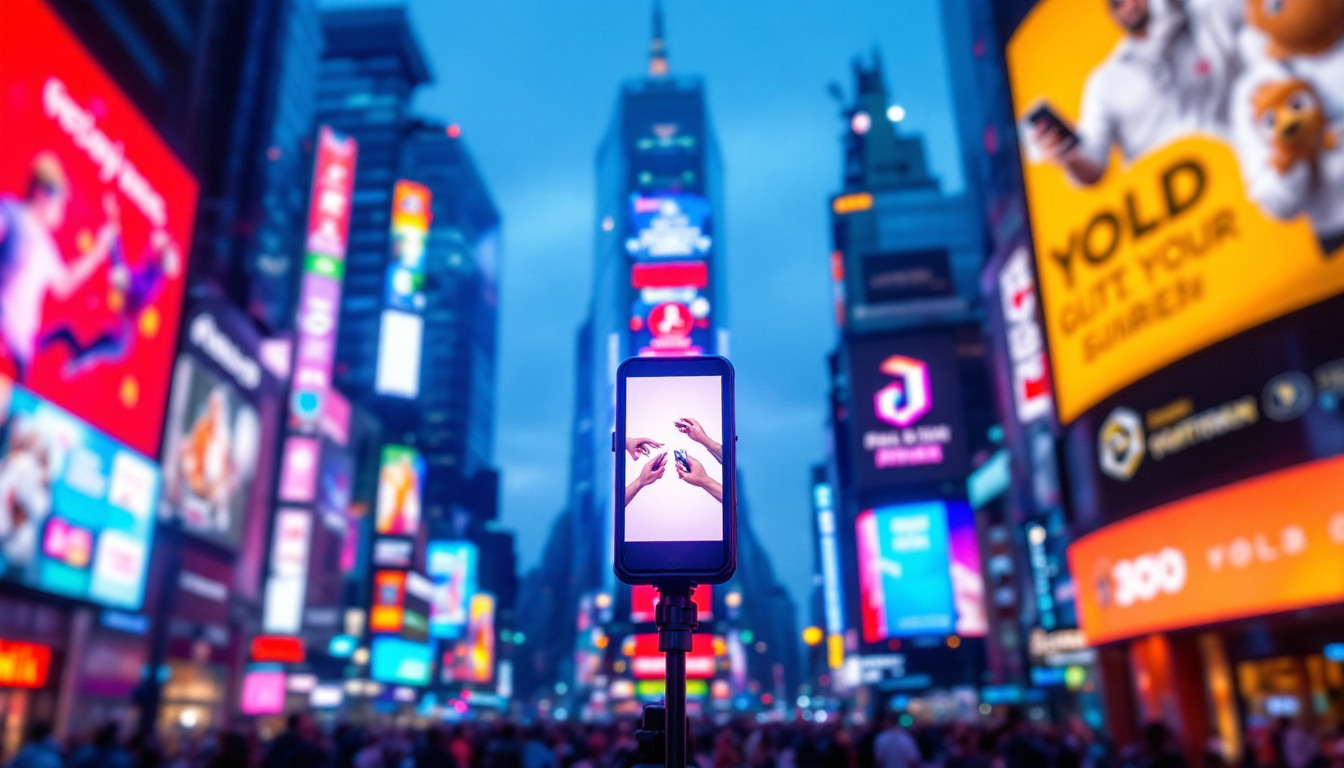In recent years, wearable technology has revolutionized how we monitor health, fitness, and even gait patterns. Among these innovations, plantar pressure measurement tools have become increasingly sophisticated, integrating advanced displays to provide real-time feedback. One such advancement is the incorporation of LED displays within plantar apps, which enhances user interaction and data visualization. This article delves into the technology behind plantar app LED displays, their functionality, and their significance in both clinical and consumer settings.
Understanding Plantar Pressure Measurement
Plantar pressure measurement refers to the assessment of pressure distribution across the sole of the foot during standing, walking, or running. This data is crucial for diagnosing foot-related conditions, designing custom orthotics, and optimizing athletic performance. Traditionally, plantar pressure was measured using force plates or pressure mats in clinical environments, but these methods lacked portability and real-time feedback.
With the advent of wearable sensors embedded in insoles or smart footwear, plantar pressure monitoring has become more accessible. These devices capture dynamic pressure data and transmit it to companion applications—commonly referred to as plantar apps—on smartphones or tablets. The integration of LED displays within these apps represents a leap forward in user engagement and immediate data interpretation.
Moreover, the significance of plantar pressure measurement extends beyond just clinical diagnostics; it plays a vital role in sports science and rehabilitation. Athletes can utilize this technology to analyze their gait and running mechanics, allowing them to make informed adjustments to their training regimens. For instance, by identifying areas of excessive pressure, athletes can modify their footwear or adjust their running technique to prevent injuries such as plantar fasciitis or stress fractures. This proactive approach to injury prevention is increasingly being adopted by coaches and trainers who recognize the importance of biomechanics in enhancing performance.
In addition to athletic applications, plantar pressure measurement is also invaluable for individuals with diabetes or other conditions that affect foot health. Continuous monitoring can help detect early signs of foot ulcers or other complications, enabling timely interventions. Some advanced systems even incorporate machine learning algorithms to analyze historical pressure data, predicting potential issues before they arise. This level of foresight not only improves patient outcomes but also empowers individuals to take charge of their foot health, fostering a greater understanding of the relationship between their lifestyle choices and overall well-being.
The Role of LED Displays in Plantar Apps
What is an LED Display?
LED, or Light Emitting Diode, displays are electronic visual displays that use an array of LEDs to present information. They are known for their brightness, energy efficiency, and durability, making them ideal for wearable devices and mobile applications. In the context of plantar apps, LED displays can be physical components embedded in the insole or virtual representations within the app interface itself.
Physical LED displays embedded in smart insoles provide users with immediate, glanceable feedback about their foot pressure distribution or gait patterns without needing to check their smartphone. Virtual LED displays within the app interface use color-coded LED-like graphics to visualize pressure points, making complex data easier to understand. This dual approach not only enhances user engagement but also ensures that users are more likely to adhere to their foot health routines, as they can easily monitor their progress and make necessary adjustments.
How LED Displays Enhance User Experience
One of the primary challenges in plantar pressure monitoring is translating raw sensor data into actionable insights. LED displays address this by offering intuitive visual cues. For example, a red LED might indicate excessive pressure in a particular area of the foot, while green LEDs signify optimal pressure distribution. This color-coded feedback allows users, whether patients or athletes, to adjust their posture or footwear in real-time. The immediacy of this feedback can be crucial for athletes during training, as it enables them to fine-tune their techniques on the spot, potentially preventing injuries before they occur.
Moreover, LED displays improve accessibility for users with limited technical knowledge. Instead of interpreting complex graphs or numerical data, users can rely on simple LED indicators to understand their foot health status. This immediacy is particularly valuable in clinical rehabilitation settings, where quick adjustments can accelerate recovery. Additionally, the integration of LED displays in plantar apps can foster a sense of empowerment among users, as they can take an active role in monitoring their health. By providing real-time feedback, these displays encourage users to develop a deeper understanding of their body mechanics, ultimately leading to more informed decisions regarding their footwear choices and exercise routines.
Technical Components of Plantar App LED Displays
Hardware Integration
In smart insoles equipped with LED displays, the hardware typically includes pressure sensors, a microcontroller, a power source (usually a rechargeable battery), and the LED array itself. Pressure sensors capture the force exerted at various points on the sole, sending this data to the microcontroller. The microcontroller processes the information and activates specific LEDs based on predefined thresholds.
These embedded LED arrays are designed to be thin, flexible, and durable, ensuring they do not interfere with comfort or foot biomechanics. Advances in flexible electronics have enabled the creation of LED displays that conform to the foot’s contours, providing accurate and reliable feedback without bulk.
Software and Data Processing
The plantar app’s software plays a crucial role in interpreting sensor data and controlling the LED display. Algorithms analyze pressure patterns to detect abnormalities such as overpronation, supination, or localized high-pressure zones that could lead to ulcers or injuries. Based on these analyses, the app determines which LEDs to illuminate and their corresponding colors or intensities.
Additionally, the app may offer customizable settings, allowing users or clinicians to adjust sensitivity levels or choose specific feedback modes. Some advanced plantar apps incorporate machine learning to improve accuracy over time by learning individual gait patterns and adapting LED feedback accordingly.
Applications and Benefits of LED Displays in Plantar Apps
Clinical Rehabilitation and Diabetic Foot Care
Patients recovering from foot surgeries or managing chronic conditions such as diabetes benefit significantly from plantar apps with LED displays. Diabetic neuropathy often leads to reduced sensation in the feet, increasing the risk of unnoticed pressure sores and ulcers. Real-time LED feedback alerts patients to excessive pressure points, enabling timely adjustments to prevent injury.
Clinicians also use these devices to monitor patient progress remotely, reducing the need for frequent in-person visits. The LED display’s immediate feedback helps patients adhere to prescribed rehabilitation exercises and footwear modifications, improving outcomes.
Sports Performance and Injury Prevention
Athletes and fitness enthusiasts use plantar apps with LED displays to optimize their gait and running mechanics. By visualizing pressure distribution during dynamic activities, users can identify imbalances or inefficient foot strikes that may lead to injuries such as plantar fasciitis or stress fractures.
LED feedback allows for on-the-fly corrections during training sessions, enhancing performance and reducing downtime due to injury. Coaches and trainers also leverage this technology to customize training programs based on individual biomechanical data.
Everyday Wellness and Posture Improvement
Beyond clinical and athletic applications, plantar apps with LED displays cater to individuals seeking to improve daily posture and foot health. Prolonged standing or improper footwear can cause discomfort and long-term musculoskeletal issues. LED feedback encourages users to distribute their weight evenly and adopt healthier standing habits.
Such applications are particularly relevant for occupations requiring extended periods on the feet, such as retail workers, healthcare professionals, and factory employees. Real-time LED cues promote micro-adjustments that cumulatively reduce fatigue and discomfort.
Challenges and Future Directions
Technical Limitations
Despite their advantages, LED displays in plantar apps face several challenges. Battery life remains a critical concern, as continuous LED illumination and sensor data processing consume significant power. Manufacturers must balance display brightness and feedback frequency with energy efficiency to ensure practical usage durations.
Another limitation is the resolution of LED arrays. Current embedded displays may only cover limited areas of the foot, potentially missing nuanced pressure variations. Advances in micro-LED technology and flexible displays are expected to address these constraints, offering higher resolution and more detailed feedback.
Integration with Broader Health Ecosystems
Future plantar apps with LED displays are likely to integrate more seamlessly with broader health monitoring systems. For example, combining plantar pressure data with heart rate, oxygen saturation, and motion sensors can provide comprehensive insights into overall mobility and cardiovascular health.
Cloud-based analytics and AI-driven predictive models may enable early detection of gait abnormalities linked to neurological disorders or systemic diseases. In such scenarios, LED displays could serve as immediate alert systems, prompting users to seek medical evaluation.
Personalization and User Engagement
Personalization remains a key focus for enhancing user engagement. Future developments may allow users to customize LED feedback patterns, colors, and alert thresholds based on personal preferences or specific clinical needs. Gamification elements, such as achievement badges triggered by optimal gait patterns, could motivate sustained use and adherence.
Moreover, integration with augmented reality (AR) and virtual reality (VR) platforms may provide immersive training environments where LED feedback complements visual and auditory cues, enriching rehabilitation and athletic training experiences.
Conclusion
The incorporation of LED displays in plantar apps represents a significant advancement in wearable foot health technology. By providing immediate, intuitive visual feedback, these displays bridge the gap between complex sensor data and actionable user insights. Their applications span clinical rehabilitation, sports performance, and everyday wellness, offering benefits that extend from injury prevention to enhanced quality of life.
While challenges such as power consumption and display resolution persist, ongoing technological innovations promise to refine and expand the capabilities of LED-integrated plantar apps. As these tools become more sophisticated and personalized, they will play an increasingly vital role in proactive foot health management and holistic well-being.
Explore Cutting-Edge LED Technology with LumenMatrix
Ready to experience the future of foot health and performance monitoring? LumenMatrix is at the forefront of LED display innovation, offering a wide array of solutions that bring your data to life. From Indoor and Outdoor LED Wall Displays to specialized LED Sports Displays, our products are designed to transform visual communication and enhance user engagement. Discover how LumenMatrix can elevate your plantar app experience and beyond. Check out LumenMatrix LED Display Solutions today and step into a world of vivid, interactive displays tailored to your needs.



